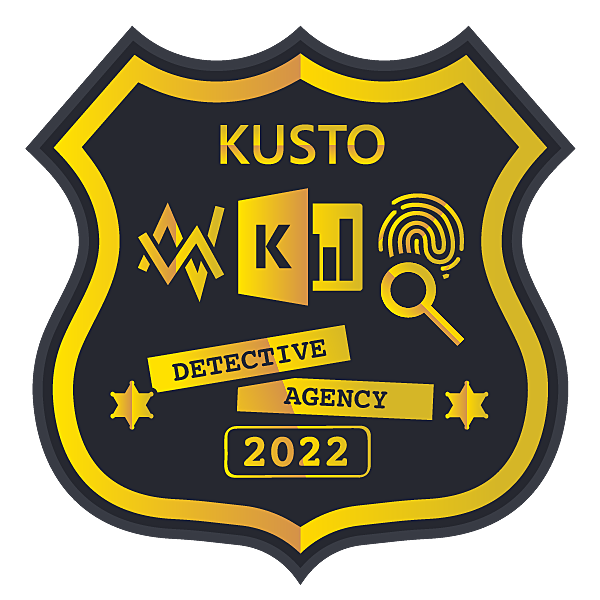KQL stands for “Kusto Query Language”, it is a big data analytics query language used by Microsoft to query and process data in Azure Data Explorer, and Log Analytics. KQL is used to analyze and process large volumes of data, and it allows users to search, visualize, and alert on log data and telemetry data stored in Azure. Basically it’s a good copy of Splunk SPL 😈.

KQL, or Kusto Query Language, is a query language used for data analysis and processing. It is used to extract insights and trends from large datasets stored in Azure.
An example of a simple KQL query could be to count the number of log events in a specific time range:
Event
| where TimeGenerated >= ago(7d)
| countThis query retrieves all log events from the past 7 days and calculates the number of events.
Another example could be to retrieve top 10 results based on a specific column:
Event
| top 10 by RequestCountThis query retrieves the top 10 results based on the highest value of the “RequestCount” column.
KQL provides a simple syntax for querying data and is optimized for large-scale data analysis.
Stat the Challenge
if you want to participate to this very challenge and win some cool Credly Badges for your profile go to : 👉 Kusto Detective Agency

Go to the inbox to receive the first message “Welcome to the Kusto Detective Agency” and start the challenge. Follow carefully the procedure to create your Azure Cluster.
Conclusion
- Very cool challenge for practicing KQL
- The challenge is free
- Credly badges
.

Recent Comments